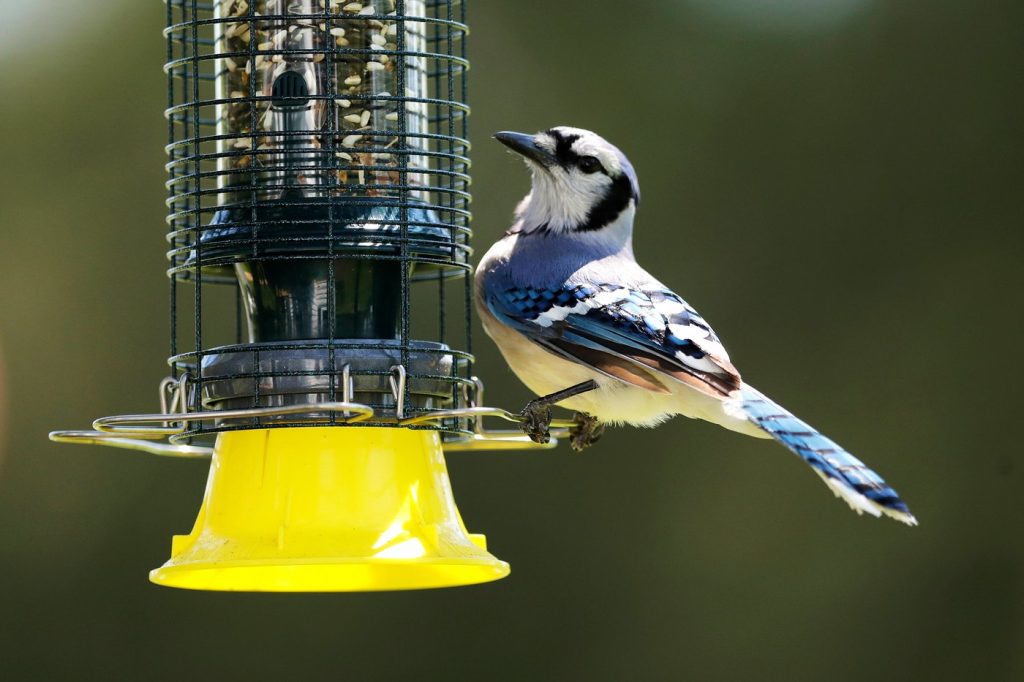As the changing seasons beckon the migration of birds, many gardeners heed the call to support their feathered friends. In suburban New York, providing a variety of food sources for both migrating and non-migrating birds is essential. Filling bird feeders with high-energy seed mixes, such as unsalted peanuts, black-oil sunflower seeds, and suet, becomes a priority during this transitional period.
In addition to traditional seeds, creating homemade sugar-water nectar for migrating hummingbirds is a thoughtful gesture. The process involves dissolving one cup of white sugar in four cups of boiling water, then allowing it to cool before offering it to these tiny travelers. This effort to nourish birds is complemented by leaving perennial plants and shrubs intact throughout winter, as many of them will produce seeds that serve as vital food sources when other options are scarce.
Native plants, including asters, coneflowers, black-eyed Susans, goldenrods, and ornamental grasses, are particularly beneficial. Even as they dry out, the seeds hidden within their flower heads will nourish birds that endure the winter in New York. Furthermore, the berries from American holly, viburnum, and dogwood will provide sustenance. For gardeners, the sight of a winter garden filled with birdsong and snow-covered seedheads is much more appealing than barren landscapes devoid of life.
For those looking to enhance their gardens, fall is an excellent time to plant new trees and shrubs. Species such as oaks, firs, and hickories offer quality food, shelter, and nesting sites for birds, establishing a beneficial relationship that blooms in spring when birds assist with pest control by eating harmful insects.
Additionally, maintaining a healthy ecosystem involves leaving fallen leaves in garden beds to insulate plants and support soil health. This practice also shelters hibernating insects, which are crucial food sources for ground-feeding birds. Rather than bagging leaves and transporting them to landfills, embracing this natural process contributes positively to the environment.
To further reduce the risk of disorienting migratory birds, it’s advisable to disconnect solar-powered landscape lighting and minimize porch light usage during migration periods. Many birds depend on celestial navigation cues, and minimizing artificial light can help ensure their safe passage south.
As the long winter months approach, providing for our avian neighbors takes on even greater significance. The presence of birds not only brings joy and beauty to gardens but also serves to enhance the ecosystem, making every effort to support them worthwhile. Whether through nurturing native plants, supplying high-energy food, or simply allowing nature to take its course, the actions taken will resonate well beyond the gardening season.












